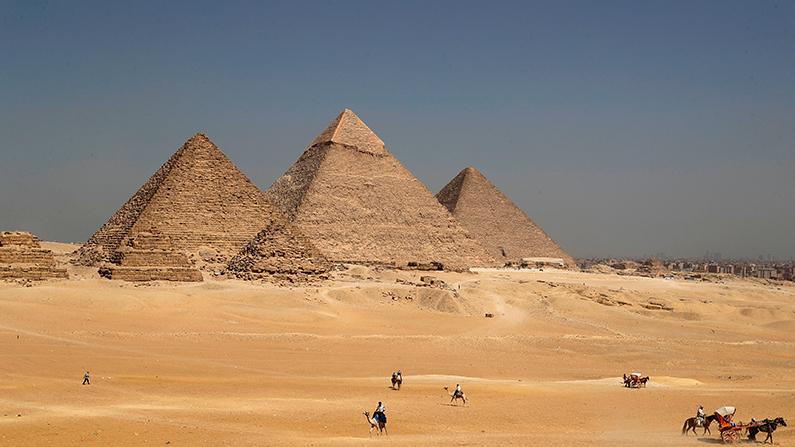A 2,200-year-old long-lost ancient temple linked to Pharaoh Ptolemy IV has been discovered by archaeologists in Egypt, according to reports.
The temple ruins were accidentally found in early September by a group of construction workers in the village of Kom Shakau in northern Sohag as they carried out some drilling work, according to a Facebook post by Egypt’s Ministry of Antiquities.





